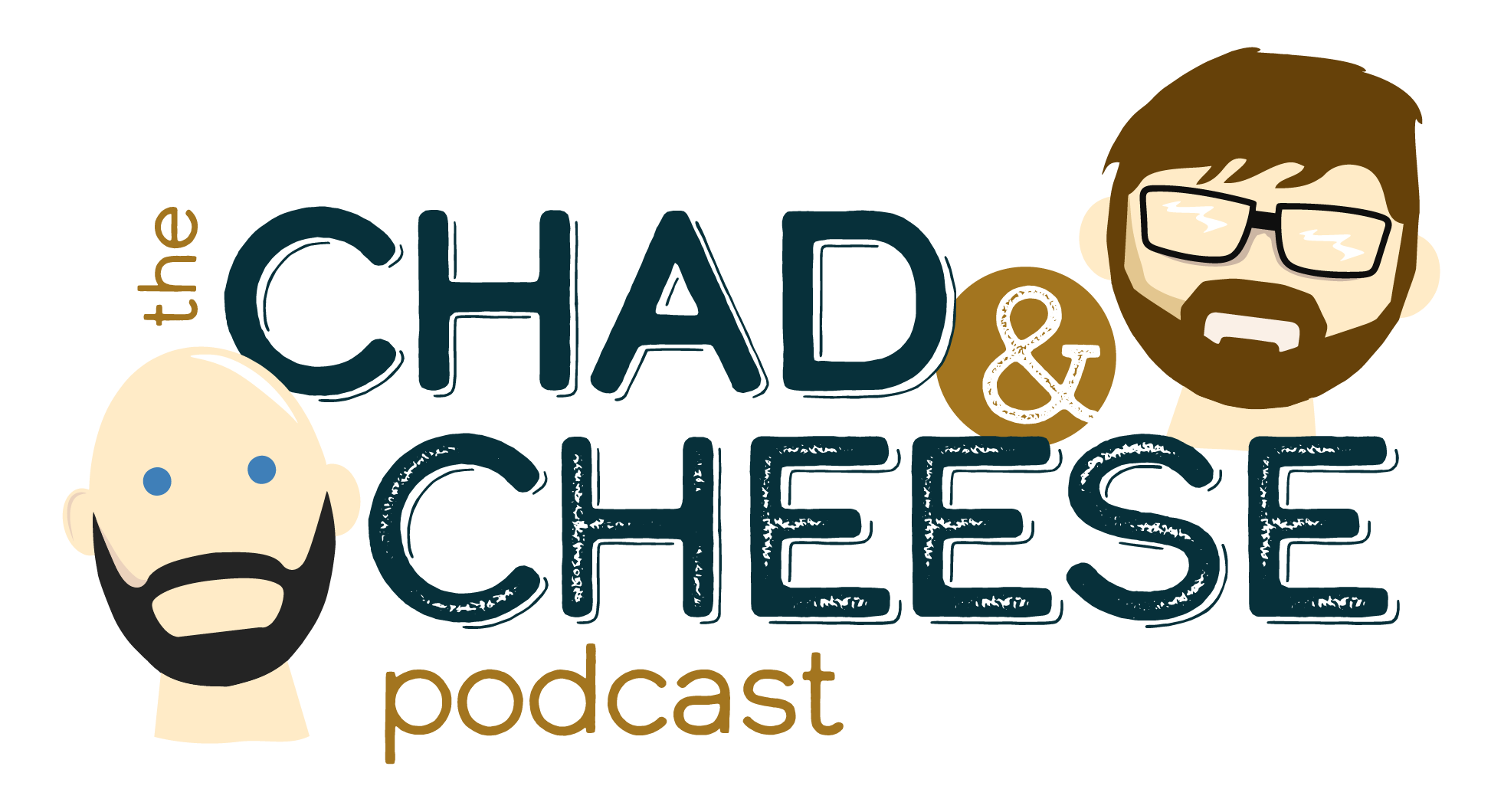Study of internet service providers’ bills shows confusing amounts, high prices, and a lack of competitive prices
 Comcast is one of the companies that I dislike the most. I’m using polite language here because it’s the best thing for bloggers to do. I’ve had poor customer service many, many times, and one customer service manager used abusive language, calling me derogatory names.
Comcast is one of the companies that I dislike the most. I’m using polite language here because it’s the best thing for bloggers to do. I’ve had poor customer service many, many times, and one customer service manager used abusive language, calling me derogatory names.
Another thing that irks me about Comcast is mandatory fees, such as $20 a month for sports, for items that I don’t want or need.
I wish there were better alternatives in my area for internet service and competitive prices.
In an internet service provider study, Consumer Reports collected data from monthly internet bills sent to and paid by consumers.
Here are some of the findings:
- Internet pricing can sometimes appear to be arbitrary; in several instances companies charged different prices for exactly the same service plans.
- Overall, average pre-discount prices for internet service ranged from less than $40 to more than $100 a month. The median price of the 18,359 bills where Consumer Reports could clearly identify internet cost was $74.99.
- The average internet speeds consumers purchased varied dramatically, most ranging from 10 Mbps up to 1 Gigabit, or roughly 100 times faster.
- The bills Consumer Reports received show that prices can vary by market, especially when consumers have choice among providers. Americans in markets where Consumer Reports received bills from at least three broadband competitors reported paying, on average, about $5 per month less for service than those in areas where we received bills from one or two providers, and reported prices were lower still as the number of local competitors increased.
- Many of the bills collected included add-on fees for extra services, such as “unlimited data allowances” or data overage fees with plans that have data caps. There can also be extra charges for equipment such as router or modem rental fees.
- More than a dozen internet service providers were found to charge company-imposed fees – also known as junk fees – under names such as “network enhancement fee,” “internet infrastructure fee,” “deregulated administration fee,” and “Technology service fee.” They can surprise consumers when they appear on monthly bills, and can enable providers to raise prices without seeming to violate marketing or contractual price commitments.
Policymakers and regulators need to address the lack of competition in the marketplace and the tactics providers use to increase profits.
Consumer Report has long advocated for greater competition and more transparency in the broadband marketplace, said Jonathan Schwantes, senior policy counsel for the organization. It supports the Federal Communication Commission’s ongoing broadband label proceeding, which has a chance to solve many of the problems uncovered by Consumer Reports’ research, Schwantes said.
A broadband label would clearly present pricing information, any additional fees (for example, device rental fees), promotional discounts and length, and performance information (for example, expected download and upload speeds).
Consumer Reports also is urging Congress to pass two bills – the Community Broadband Act and the Uncap America Act.
The broadband act would boost competition by helping cities provide low-cost municipal broadband service to compete with the biggest providers, and make sure providers don’t game the system to keep competitors out of their markets. The uncap act would require that data caps be used only for network management purposes, and direct the FCC to prohibit data caps in the fixed broadband market where they can’t be technically justified.
Consumer Reports launched the Fight for Fair Internet project in 2021 with dozens of partner organizations to collect and analyze consumer internet bills.
It analyzed more than 22,000 bills from 50 states, the District of Columbia, Puerto Rico, and the U.S. Virgin Islands. The bills included more than 500 separate internet service providers and different types of internet service, such as coaxial cable, fiber optic, satellite, fixed wireless, and DSL.
Earlier research looked at data from publicly available sources such as internet service provider websites.
Originally Published on https://boomersurvive-thriveguide.typepad.com/the_survive_and_thrive_bo/






















